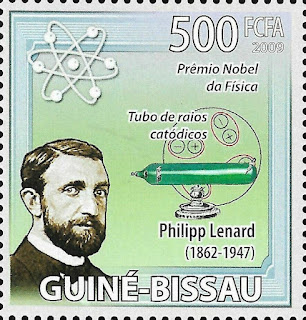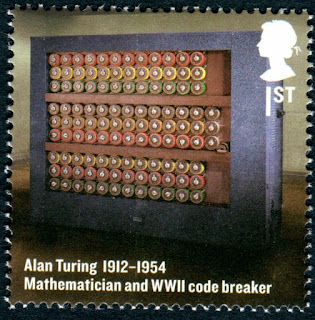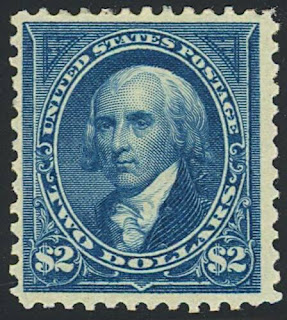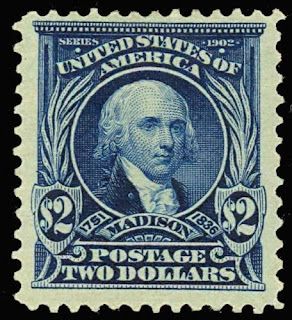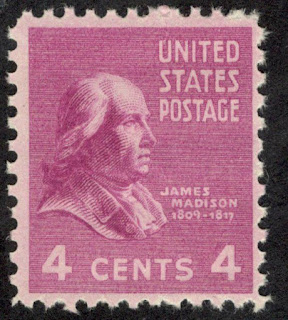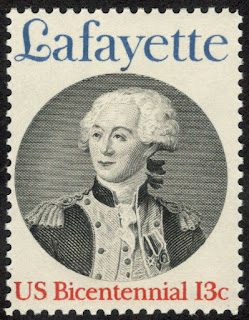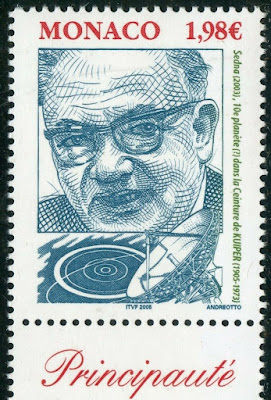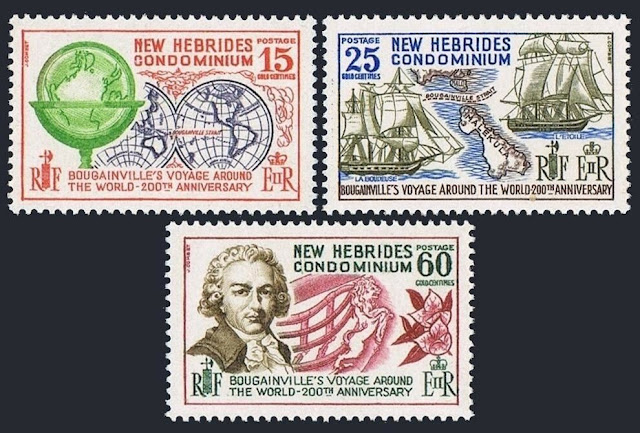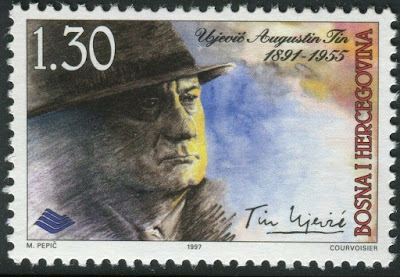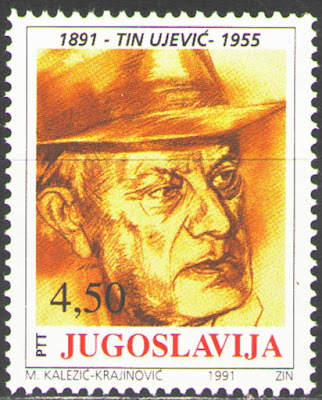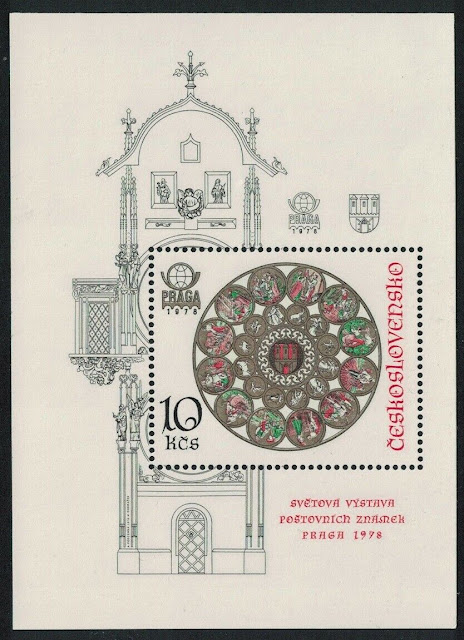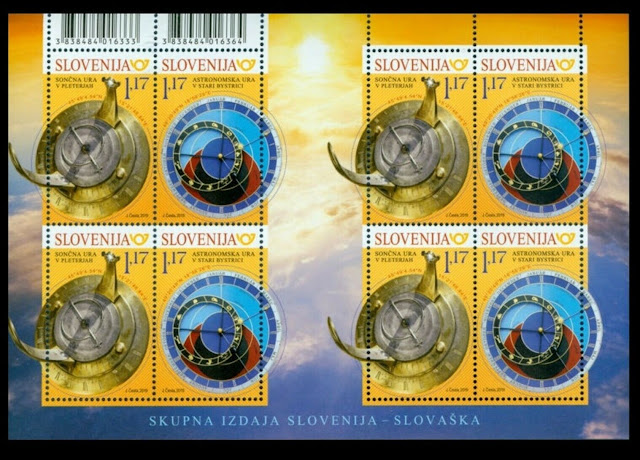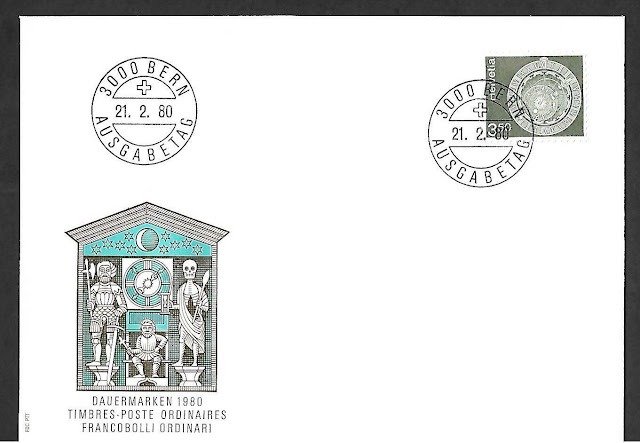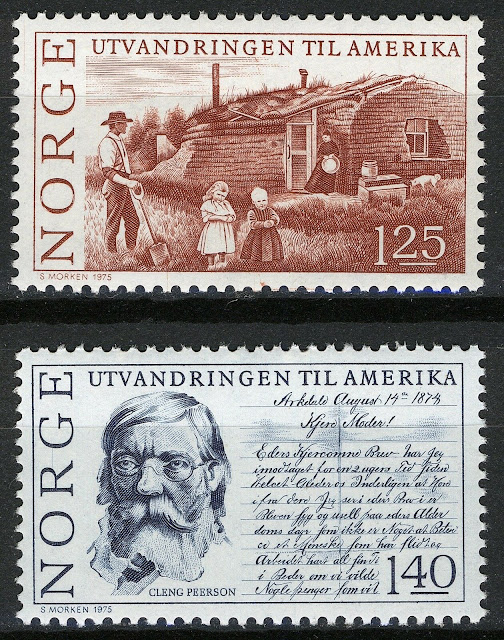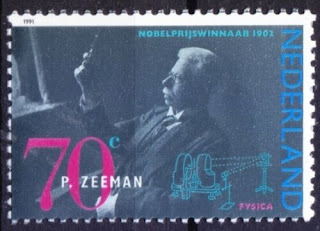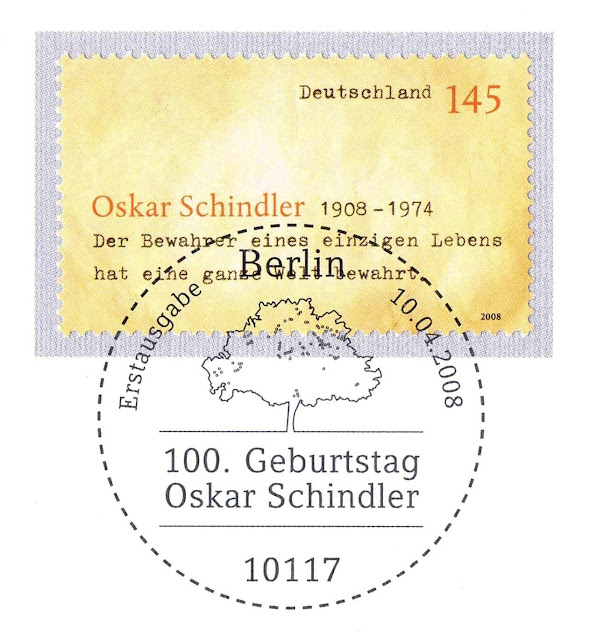Here are some events that happened on June 7th. It could be an event or a person that died or was born on that day
1826 Died: Joseph von Fraunhofer, German optician, physicist, and astronomer (b. 1787)
Joseph Ritter von Fraunhofer (6 March 1787 – 7 June 1826) was a Bavarian physicist and optical lens manufacturer. He made optical glass and achromatic telescope objective lenses, invented the spectroscope, and developed diffraction grating. In 1814, he discovered and studied the dark absorption lines in the spectrum of the sun now known as Fraunhofer lines.
One of the most difficult operations of practical optics during the time period of Fraunhofer's life was accurately polishing the spherical surfaces of large object glasses. Fraunhofer invented the machine which rendered the surface more accurately than conventional grinding. He also invented other grinding and polishing machines and introduced many improvements into the manufacture of the different kinds of glass used for optical instruments, which he always found to have flaws and irregularities of various sorts
By 1814, Fraunhofer had invented the modern spectroscope. In the course of his experiments, he discovered a bright fixed line which appears in the orange color of the spectrum when it is produced by the light of fire. This line enabled him afterward to determine the absolute power of refraction in different substances. Experiments to ascertain whether the solar spectrum contained the same bright line in orange as the line produced by the orange of fire light led him to the discovery of 574 dark fixed lines in the solar spectrum. Today, millions of such fixed absorption lines are now known.
Continuing to investigate, Fraunhofer detected dark lines also appearing in the spectra of several bright stars, but in slightly different arrangements. He ruled out the possibility that the lines were produced as the light passes through the Earth’s atmosphere. If that were the case they would not appear in different arrangements. He concluded that the lines originate in the nature of the stars and sun and carry information about the source of light, regardless of how far away that source is. He found that the spectra of Sirius and other first-magnitude stars differed from the sun and from each other, thus founding stellar spectroscopy.
These dark fixed lines were later shown to be atomic absorption lines, as explained by Kirchhoff and Bunsen in 1859. These lines are still called Fraunhofer lines in his honor; his discovery had gone far beyond the half-dozen apparent divisions in the solar spectrum that had previously been noted by Wollaston in 1802.
The German research organization Fraunhofer Society is named after him and is Europe's biggest Society for the Advancement of Applied Research.
German stamps issued to commemorate Fraunhofer
1862 Born: Philipp Lenard, Slovak-German physicist and academic, Nobel Prize laureate (d. 1947)
Philipp Eduard Anton von Lenard (7 June 1862– 20 May 1947) was a Hungarian-born German physicist and the winner of the Nobel Prize for Physics in 1905 for his work on cathode rays and the discovery of many of their properties. One of his most important contributions was the experimental realization of the photoelectric effect. He discovered that the energy (speed) of the electrons ejected from a cathode depends only on the wavelength, and not the intensity, of the incident light.
Lenard was a nationalist and anti-Semite; as an active proponent of the Nazi ideology, he supported Adolf Hitler in the 1920s and was an important role model for the "Deutsche Physik" movement during the Nazi period. Notably, he labeled Albert Einstein's contributions to science as "Jewish physics".
As a physicist, Lenard's major contributions were in the study of cathode rays, which he began in 1888. Prior to his work, cathode rays were produced in primitive, partially evacuated glass tubes that had metallic electrodes in them, across which a high voltage could be placed. Cathode rays were difficult to study using this arrangement, because they were inside sealed glass tubes, difficult to access, and because the rays were in the presence of air molecules. Lenard overcame these problems by devising a method of making small metallic windows in the glass that were thick enough to be able to withstand the pressure differences, but thin enough to allow passage of the rays. Having made a window for the rays, he could pass them out into the laboratory, or, alternatively, into another chamber that was completely evacuated. These windows have come to be known as Lenard windows. He was able to conveniently detect the rays and measure their intensity by means of paper sheets coated with phosphorescent materials.
Lenard observed that the absorption of cathode rays was, to first order, proportional to the density of the material they were made to pass through. This appeared to contradict the idea that they were some sort of electromagnetic radiation. He also showed that the rays could pass through some inches of air of a normal density, and appeared to be scattered by it, implying that they must be particles that were even smaller than the molecules in air. He confirmed some of J. J. Thomson's work, which eventually arrived at the understanding that cathode rays were streams of negatively charged energetic particles. He called them quanta of electricity or for short quanta, after Helmholtz, while Thomson proposed the name corpuscles, but eventually electrons became the everyday term. In conjunction with his and other earlier experiments on the absorption of the rays in metals, the general realization that electrons were constituent parts of the atom enabled Lenard to claim correctly that for the most part atoms consist of empty space. He proposed that every atom consists of empty space and electrically neutral corpuscules called "dynamids", each consisting of an electron and an equal positive charge.
As a result of his Crookes tube investigations, he showed that the rays produced by irradiating metals in a vacuum with ultraviolet light were similar in many respects to cathode rays. His most important observations were that the energy of the rays was independent of the light intensity, but was greater for shorter wavelengths of light.
These latter observations were explained by Albert Einstein as a quantum effect. This theory predicted that the plot of the cathode ray energy versus the frequency would be a straight line with a slope equal to Planck's constant, h. This was shown to be the case some years later. The photo-electric quantum theory was the work cited when Einstein was awarded the Nobel Prize in Physics in 1921. Suspicious of the general adulation of Einstein, Lenard became a prominent skeptic of relativity and of Einstein's theories generally; he did not, however, dispute Einstein's explanation of the photoelectric effect. Lenard grew extremely resentful of the credit accorded to Wilhelm Röntgen, who received the first Nobel Prize in physics in 1901, for the discovery of the X-ray, despite the fact that Röntgen was German and a non-Jew. Lenard wrote that he, not Roentgen, was the “mother of the X-rays,” since he had invented the apparatus used to produce them. Lenard likened Röntgen’s role to that of a “midwife” who merely assists with the birth.
Lenard received the 1905 Nobel Prize for Physics in recognition of this work.
Stamp issued by Guinea Bissau depicting Philipp Lenard
1879 Born: Knud Rasmussen, Danish anthropologist and explorer (d. 1933)
Knud Johan Victor Rasmussen (7 June 1879 – 21 December 1933) was a Greenlandic–Danish polar explorer and anthropologist. He has been called the "father of Eskimology" and was the first European to cross the Northwest Passage via dog sled. He remains well known in Greenland, Denmark and among Canadian Inuit.
He went on his first expedition in 1902–1904, known as The Danish Literary Expedition, with Jørgen Brønlund, Harald Moltke and Ludvig Mylius-Erichsen, to examine Inuit culture. After returning home he went on a lecture circuit and wrote The People of the Polar North (1908), a combination travel journal and scholarly account of Inuit folklore. In 1908, he married Dagmar Andersen.
In 1910, Rasmussen and friend Peter Freuchen established the Thule Trading Station at Cape York (Qaanaaq), Greenland, as a trading base. The name Thule was chosen because it was the most northerly trading post in the world, literally the "Ultima Thule". Thule Trading Station became the home base for a series of seven expeditions, known as the Thule Expeditions, between 1912 and 1933.
The First Thule Expedition (1912, Rasmussen and Freuchen) aimed to test Robert Peary's claim that a channel divided Peary Land from Greenland. They proved this was not the case in a remarkable 1,000 kilometres (620 mi) journey across the inland ice that almost killed them. Clements Markham, president of the Royal Geographical Society, called the journey the "finest ever performed by dogs." Freuchen wrote personal accounts of this journey (and others) in Vagrant Viking (1953) and I Sailed with Rasmussen (1958).
The Second Thule Expedition (1916–1918) was larger with a team of seven men, which set out to map a little-known area of Greenland's north coast. This journey was documented in Rasmussen's account Greenland by the Polar Sea (1921). The trip was beset with two fatalities, the only in Rasmussen's career, namely Thorild Wulff and Hendrik Olsen. The Third Thule Expedition (1919) was depot-laying for Roald Amundsen's polar drift in Maud. The Fourth Thule Expedition (1919–1920) was in east Greenland where Rasmussen spent several months collecting ethnographic data near Angmagssalik.
Rasmussen's "greatest achievement" was the massive Fifth Thule Expedition (1921–1924) which was designed to "attack the great primary problem of the origin of the Eskimo race." A ten volume account (The Fifth Thule Expedition 1921–1924 (1946)) of ethnographic, archaeological and biological data was collected, and many artifacts are still on display in museums in Denmark. The team of seven first went to eastern Arctic Canada where they began collecting specimens, taking interviews (including the shaman Aua, who told him of Uvavnuk), and excavating sites.
Rasmussen left the team and traveled for 16 months with two Inuit hunters by dog sled across North America to Nome, Alaska – he tried to continue to Russia but his visa was refused. He was the first European to cross the Northwest Passage via dog sled. His journey is recounted in Across Arctic America (1927), considered today a classic of polar expedition literature. This trip has also been called the "Great Sled Journey" and was dramatized in the Canadian film The Journals of Knud Rasmussen (2006).
For the next seven years Rasmussen traveled between Greenland and Denmark giving lectures and writing. In 1931, he went on the Sixth Thule Expedition, designed to consolidate Denmark's claim on a portion of eastern Greenland that was contested by Norway.
The Seventh Thule Expedition (1933) was meant to continue the work of the sixth, but Rasmussen contracted pneumonia after an episode of food poisoning attributed to eating kiviaq, dying a few weeks later in Copenhagen at the age of 54.
Stamps issued by Greenland depicting Knud Rasmussen
1954 Died: Alan Turing, English mathematician and computer scientist (b. 1912)
Alan Mathison Turing (23 June 1912 – 7 June 1954) was an English mathematician, computer scientist, logician, cryptanalyst, philosopher, and theoretical biologist. Turing was highly influential in the development of theoretical computer science, providing a formalisation of the concepts of algorithm and computation with the Turing machine, which can be considered a model of a general-purpose computer. Turing is widely considered to be the father of theoretical computer science and artificial intelligence. Despite these accomplishments, he was not fully recognised in his home country during his lifetime, due to his homosexuality, and because much of his work was covered by the Official Secrets Act.
During the Second World War, Turing worked for the Government Code and Cypher School (GC&CS) at Bletchley Park, Britain's codebreaking centre that produced Ultra intelligence. For a time he led Hut 8, the section that was responsible for German naval cryptanalysis. Here, he devised a number of techniques for speeding the breaking of German ciphers, including improvements to the pre-war Polish bombe method, an electromechanical machine that could find settings for the Enigma machine.
Turing played a crucial role in cracking intercepted coded messages that enabled the Allies to defeat the Nazis in many crucial engagements, including the Battle of the Atlantic, and in so doing helped win the war. Due to the problems of counterfactual history, it is hard to estimate the precise effect Ultra intelligence had on the war, but at the upper end it has been estimated that this work shortened the war in Europe by more than two years and saved over 14 million lives.
After the war Turing worked at the National Physical Laboratory, where he designed the Automatic Computing Engine. The Automatic Computing Engine was one of the first designs for a stored-program computer. In 1948, Turing joined Max Newman's Computing Machine Laboratory, at the Victoria University of Manchester, where he helped develop the Manchester computers and became interested in mathematical biology. He wrote a paper on the chemical basis of morphogenesis and predicted oscillating chemical reactions such as the Belousov–Zhabotinsky reaction, first observed in the 1960s.
Turing was prosecuted in 1952 for homosexual acts; the Labouchere Amendment of 1885 had mandated that "gross indecency" was a criminal offence in the UK. He accepted chemical castration treatment, with DES, as an alternative to prison. Turing died in 1954, 16 days before his 42nd birthday, from cyanide poisoning. An inquest determined his death as a suicide, but it has been noted that the known evidence is also consistent with accidental poisoning.
In 2009, following an Internet campaign, British Prime Minister Gordon Brown made an official public apology on behalf of the British government for "the appalling way he was treated". Queen Elizabeth II granted Turing a posthumous pardon in 2013. The "Alan Turing law" is now an informal term for a 2017 law in the United Kingdom that retroactively pardoned men cautioned or convicted under historical legislation that outlawed homosexual acts.
Stamps issued by Great Britain commemorating Alan Turing



